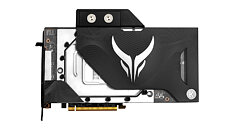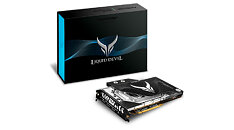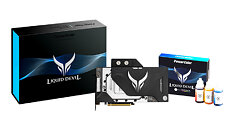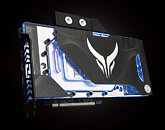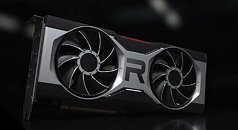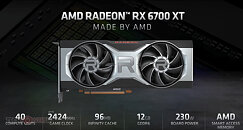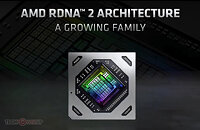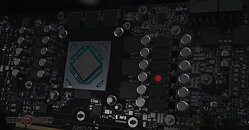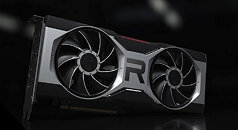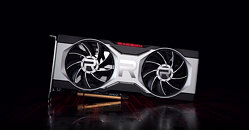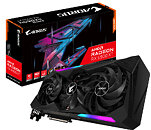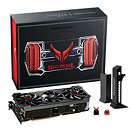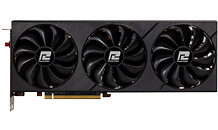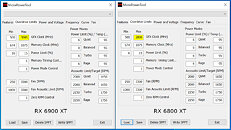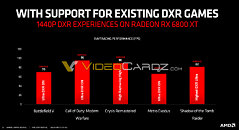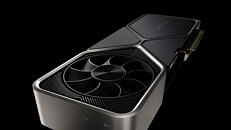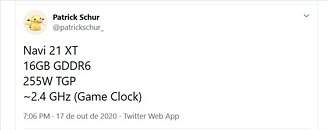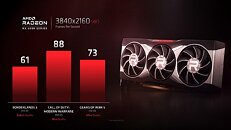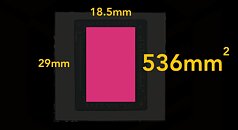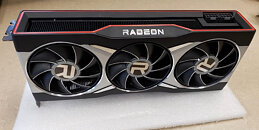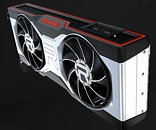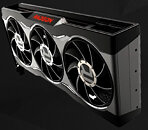
PowerColor Formally Launches Radeon RX 6900 XT and RX 6800 XT Liquid Devil
TUL Corporation, a leading and innovative manufacturer of AMD graphic cards since 1997, today brings it's fastest AMD Radeon RX 6000 series models with its Liquid Devil series, designed for the most demanding gaming and PC enthusiasts that require the very best performance for their existent custom loop water-cooling.
PowerColor and EK teamed up to create the fastest AMD Radeon RX 6900 XT and RX 6800XT. The new PowerColor Liquid Devil series are powered by the revolutionary AMD RDNA 2, with Raytracing support, groundbreaking AMD Infinity Cache, and 16 GB of dedicated GDDR6 memory to deliver outstanding gaming experience while running with zero noise at the lowest temperatures with the beautiful designed and high performance full-cover EK water block.
PowerColor and EK teamed up to create the fastest AMD Radeon RX 6900 XT and RX 6800XT. The new PowerColor Liquid Devil series are powered by the revolutionary AMD RDNA 2, with Raytracing support, groundbreaking AMD Infinity Cache, and 16 GB of dedicated GDDR6 memory to deliver outstanding gaming experience while running with zero noise at the lowest temperatures with the beautiful designed and high performance full-cover EK water block.
